DEVELOPMENT
3,696
WU 2020-9D - Buffs, Moods, and Skills
5 years ago - Edited 5 years ago
We're nine weeks in now, gasp! This week, I've been working on battle mechanics stuff like buffs and status effects and skills, which I shall talk about here!!
It's the end of February now! This month, I made the decision to focus a demo on the third chapter of Divine Dreams' story, which is based on the Gem Mine incident in MARDEK 2. Rather than a Gem Mine, though, you explore a place called the Dreamcave, and while the characters you control are essentially the same ones that appeared in MARDEK, they've been considerably revised.
Here's how it looked around the start of the month, when I was figuring how best to represent a cave using the tile system I'd built:
![]()
It took a couple of days to end up with this, which felt more enchanting, but still looked blocky and inorganic:
![]()
Various little improvements over the following weeks have led to this:
![]()
This isn't the final layout of this dungeon; I'll likely completely remake the areas eventually, but first I wanted to make a temporary/demo layout just to get familiar with the building process and to make sure everything worked as I wanted it to. And it does! I'm quite pleased with these results.
I actually planned this out in a drawing before building the areas:
![]()
I don't remember doing this with the MARDEK areas, but I think I did with at least some of the Taming Dreams ones. It seems to help.
As you can see from this, I've added treasure chests, as I feel they're a JRPG staple, MARDEK had them, and they give the player something to do in each room. I felt more engaged just randomly running around with them included. In Taming Dreams, I did include treasure chests, but since there weren't really any trash items to clutter your inventory up with in that, I gave them a different purpose instead (they contained 'poem fragments' which, when assembled, allowed you to acquire an empowered version of a certain monster species). In this, though, I imagine they'll mostly contain food items, and maybe some items that grant XP to skills or something.
Isn't this the most exciting image you've ever seen?!
![]()
I originally modelled it as a very square box, but looked into how other designers had tackled the problem, and used what I saw as inspiration for what I feel is a far more pleasing design.
![]()
This is one of the many things players don't really think about, but which developers have to devote more time than you might think to!
Another thing which you can see on that map is purple 'auras' surrounding monsters.
![]()
This is how battles would be triggered. Monsters appear on the map, and each one has a circular aura of variable size which triggers a battle when you touch it. Simple enough. Maybe it'll turn out to be a bit too garish if the auras are visible like this, but so far I quite like it.
Monsters also currently make a comment when you touch their aura. I'm not sure whether to just replace this with a bland "!", or whether to use it as an opportunity to have them say silly things. Why
wouldn't these mind-made monsters speak? They're not alive, they're just thoughts given form. So maybe what they'd say would be a thought (though I'd likely tend towards comedy over seriously plumbing the depths of relatable despair... usually).
I personally wouldn't mind if the monsters were just static, unmoving obstacles you battled if you touched but could otherwise avoid, but maybe they'll end up roaming or patrolling eventually, we'll see how it goes. Currently I'm imagining them as barriers you have to fight through for the most part, but once cleared, they're cleared for good. As I've said before, each dungeon would have a limited number of monsters, and you'd get essence items for clearing all members of a certain species. You wouldn't necessarily be able to tell which species any encounter contained though, since they'd do the 'four blokes' thing, with each individual field monster containing a party of up to four once battle commences.
Finally, before getting to the main part of this post, another thing I added is saving and loading games, which also involved making a title screen. It looks like this:
![]()
EXCITING.
![]()
Perhaps the most interesting development this week for you as potential players is some changes/additions to the battle mechanics.
Actions in JRPG battle systems typically have one or more of three possible effects: either they deal or heal damage, they inflict or remove status effects, or they buff or debuff stats. MARDEK had all of these in a fairly straightforward way, but I've not been sure about how to handle them in this. That's been something I've tackled this week.
First, I tried giving characters numerical modifiers for their attack and defence for both Body and Mind, as seen in this mock-up:
![]()
The basic idea was that the upper right numbers were simply added to or subtracted from Mind damage delivered, while the upper left were added to or subtracted from any Mind damage received; the same for the Body stats at the bottom. This meant some skills could, say, add 'Break Mind 10', which would subtract 10 points from the Mind defence modifier, or 'Piercing Body 10', which would add 10 extra points to each attack the target used.
The main problem I had with it though (apart from the lack of GUI clarity, though it's just a mock-up) was that you could essentially alter these stats without any real limits. MARDEK did this too, and in my recent playthrough I ended up relying on reducing powerful bosses' stats to 0 with stat-modifying skills, which felt cheap and unsatisfying. It feels like it'd remove all strategy if all battles could be won by boosting your stats to ridiculous levels and the enemies' to so negative they'd go down in one hit and be unable to damage you.
With the idea of limits in mind, I wondered instead whether buffs could be finite things that each character could only gain a fixed number of. I imagined them displayed as petals to go with the recurring flower/aster motif, perhaps encircling characters' status circles. Maybe attack petals would be sharp, defence ones rounded, with both coloured according to Body or Mind to show their effect at a glance.
![]()
Having the petals surround the main circle looked garish, I thought, but having a separate, smaller flower did look a bit more acceptable. The core of the flower could be an additional status effect, which would work differently to the buffs surrounding it.
So I played around with the look of that a bit:
![]()
I like keeping images like these because I find it interesting seeing how things take form gradually rather than instantly, without effort or error.
![]()
Here, I started playing around with denoting the Body/Mind association with an icon (eye for mind, a star shape for body), while the colour determines the positivity or negativity, since maybe that's more valuable information at a glance?
![]()
I was using green for positive and red for negative for obvious reasons, but they're similar to the Body and Mind colours, so it seemed a bit unclear. I wondered whether yellow for positive and purple for negative might work instead:
![]()
I do like those for the petals, but they feel a bit weird for the stat modifier numbers from essences at the side there. HMM.
Having the flowers floating above the status circles was quite ugly, and I'd never really liked having the Body and Mind numbers and character name quite messily on top of the element glyph anyway, so I experimented with some different arrangements:
![]()
The smaller petal and larger glyph - seen in Deugan's here - seemed like there was more wasted space, and it reduced clarity for the already-small petals. These screenshots are smaller than the resolution most people would play at, so I'm hoping the petals would be less pixelated at larger sizes so their icons and shape can more easily be discerned at a glance. Still, it's better to have them larger rather than smaller.
This layout isn't as pleasingly perfect as I'd like, but it works, I feel. For now, at least.
![]()
That's the process; here's what I have at the end of it:
![]()
Characters can have a number of
buffs, with a number of slots determined by
essences.
![]()
Each essence grants 0-3 slots. It seemed most sensible to bind this to essences, since they're the main thing you'd customise about characters, and people have commented that there should be more to each one to aid in strategising.
"Buffs" can either be positive or negative, and essentially they result in cumulative multipliers.
For example, one buff is called
Sharpen Mind. This multiplies all outgoing Mind damage by 1.2. As it's cumulative, if a character had two, they'd have a damage multiplier of 1.2 * 1.2 = 1.44 (I'll likely need to tweak the exact numbers).
The inverse would be a
Dull Mind buff, which multiplies outgoing Mind damage by 0.8 (again, I'll need to tweak the numbers to balance things eventually; it's a cumulative multiplier so then it doesn't get to 0). It's not possible for a character to have both of these at once; inflicting Dull Mind on a target with Sharpen Mind would just remove the Sharpen Mind (otherwise two slots are wasted).
Similar buffs exist for defences;
Shield Mind reduces incoming Mind damage by a multiplier,
Break Mind increases incoming Mind damage by a multiplier. And of course there are equivalents for Body.
Other buffs include:
Regenerate Mind/Body - Restore a percentage (10%?) of that stat each turn.
Degenerate Mind/Body - Same, but a loss (basic DOT)
Haste/Slow - Adds multipliers to the speed stat; like all buffs, can fill multiple slots
(Element) Affinity - eg Courage Affinity. Would increase damage of that element and resistance to it and the element it's strong against, but would also increase vulnerability to the element it's weak against. So Courage Affinity would boost outgoing Courage damage by 1.2, incoming Courage and Fear damage by 0.8, and incoming Sorrow damage by 1.2, or something.
Null (Element) - Like in MARDEK, blocks an incoming attack of a given element, then expires. Unlike MARDEK, they could be stacked (so you could have three Null Courages), but obviously that would take up multiple buff slots.
Taunt - Draws attacks to self.
Apart from Null (Element), none of them would naturally expire (except at the end of battle, when they'd all expire - so no lingering poison or obnoxious status effects). Plenty of skills would remove them though.
Skills would likely have different rules for overriding other buffs if there were no slots available. Some might just not work, others might remove the oldest buff, a random negative buff, a random buff of any kind, or whatever; I've not planned this bit properly yet, but I'll need to.
Having more slots isn't always the most desirable thing; you could gain more buffs, but also more debuffs. But reducing the number of slots to avoid debuffs would also mean you couldn't gain buffs. An interesting thing to strategise, I think!
![]()
In addition to these buffs, characters could also have
moods. I had these in Belief and Taming Dreams since I feel they work well with the psychological elements and the facial expressions, so I want to use them again.
Unlike in those, characters would only have one mood at a time. They're still a work in progress at the moment and haven't been implemented, but I imagine that one of their primary roles would be to alter the effectiveness of the buffs. In the GUI, the centre of the flower would show the mood (currently they're just random element glyphs), so it makes sense that it'd affect the bits surrounding it.
Here's a table:
![]()
Perhaps the buffs would count as double if the corresponding mood was in effect. So someone Brave would get twice the 1.2 multiplier from every Sharpen Mind, while someone Depressed might get double the effects of Break Mind.
Each of the moods would have additional effects that make it like a status effect though:
Brave, the Courage mood, would grant a 1 in 3 chance of scoring a critical hit for double damage (there'd be no critical hits on attacks otherwise).
Panic, the Fear mood, would give a 1 in 3 chance of freezing up and missing a turn entirely. So it's basically stun/paralysis.
Serenity, the Bliss mood, would clear all buffs/debuffs and lock the buff flower from gaining any more, but would also halve speed.
Crazed, the Destruction mood, would decrease Mind at the end of each turn (in addition to any Degenerate Mind debuffs), but would also deal extra damage when hitting with any damaging skill equal to the amount of Mind lost. Speed would also be doubled.
Inspired, the Creation mood, would give a chance of acquiring a random buff each turn, or of the mood expiring (they don't expire naturally otherwise). Speed would also be doubled.
Depressed, the Sorrow mood, would halve all incoming
and outgoing damage, and halve speed.
I've not implemented or tested these yet, so they might be completely under- or overpowered! I'm not sure about all of them, but these are the ideas I've had so far.
So to reiterate, characters could have one mood at a time, and a number of buffs determined by their available slot count, the potency of which would be affected by the mood, which would also grant additional status-like effects.
I like the idea of effects being double-edged, so that's the direction I've gone in with the moods. Many of the buffs are straightforward though.
![]()
With this system in mind, I've given some thought to some potential skills that the four demo characters (Mardek, Deugan, Emeela, Steele) could have. Some notes about possible skill effects first, though:
Some - but not all - skills allow for a reaction. If they do, then the bar you react to has a golden part and a blue part (I've explained this in previous posts). You'd need to hit either for the attack to land, otherwise it misses, and if you hit the blue bit, you trigger the skill's Bonus Effect.
In MARDEK, you chose a skill's target after selecting the skill, but in this, you instead change a global aiming cursor before choosing a skill. You also don't choose any allies to aim at for friendly skills; anything that affects allies does so based on criteria (eg most injured).
You can also increase skills' levels by using them, or by spending certain XP items on them (these would be one of the main things you'd find in chests).
As explained in a previous post, each skill would be bound to an equippable item, and apart from essences, this would be the sole purpose of equipment.
Apart from damage, buffs, and moods, some skills could modify
"time" directly. Each character needs to reach 100% 'time' before they can take their turn, and the rate at which they gain time is determined by their speed. Some skills can alter targets' time directly to delay or hasten turns.
Here's what I've got so far:
![]()
Mardek
Slash
Deals basic Body damage. Bonus effect: increased damage. Increasing the skill level increases the damage output.
Heal
Restores some Body to a number of allies with the most damaged Body (that is, the lowest Body%). Potency is based on Mind points remaining, and it costs Mind to use. Level ups increase the potency and the number of targets affected (from 1 at level 1 to the whole party eventually).
Purify
Clears debuffs from a number of allies. Greater levels would increase the number of allies affected and the number of debuffs removed (starting at 1 for 1 ally and maxing at either 2 or maybe 3 for the entire party).
Cheer
Gives all allies a Sharpen Body buff, and increases their time slightly. Increased levels would lower the cost to use, and increase time more (from 5% at level 1 to 10% at max).
(Passive skill)
I'm not sure about this yet!
Deugan
Ward
Remove Taunt from self. Inflicts Fear-elemental Mind damage (it's a spell) and lowers the target's time slightly. Higher levels would increase damage and time delay effect.
Protection
Adds a Body Shield buff to all allies. Increased level would lower the cost.
Guard
Grants Taunt to self. (It doesn't expire naturally, which is why Ward removes it.)
White Knight(Passive)
Intercepts attacks aimed at Emeela, even when not Taunting. (Maybe; not sure about this.)
Emeela
Despair
Sorrow elemental skill. Costs and damages Mind. Bonus effect: inflict a Break Mind debuff.
Hate
Destruction elemental skill. Costs and damages Mind. Bonus effect: inflict a Degenerate Mind debuff.
Enemy Empathy
Deal elemental Mind damage of the target's elemental weakness, but also deal damage of the same element to own Mind (with half power).
Depression (Passive)
Chance on turn of gaining the Depressed mood.
Steele
Smash
Deals Body damage to the target. Bonus effect: inflict Break Body.
Ultraviolence
Gain the Crazed mood, then attack the target for big damage.
Hot-Blooded (Passive)
Gains an additional Sharp Body buff every turn.
![]()
Everything's subject to change as I actually test things out, since what seems interesting in my head might not actually be balanced or fun in practice. I've seen other games where players love coming up with
builds like this for characters, but it's not been something I've really actively done myself, so hopefully I'll get better at it with practice.
I've implemented Mardek's skills, but not the others' yet. I'm working on them one at a time, and it takes a while!
There's also an additional system I want to add based on the connections between characters, but I'll talk about that in another post since it's still a very airy idea at the moment!
![]()
It took longer than expected to plan and add these mechanical things to the game, and I imagine tweaking them will be an ongoing thing. I'm curious to hear other people's ideas about them since I know many of you care more about the gameplay technical stuff than I do in this kind of game, but do keep in mind that you'd really need to play the game to get a feel for how they work in practice. We all need to, and I've not got to that point in development yet, annoyingly!
As I wrote about in
∞ the paired personal post ∞, I think I'll take the next week off development to try and focus on some other related things like researching promotion and playing other indie games. So next week's post might be about stuff like promotion, or maybe I'll relegate that to a 'personal' post instead.
Thanks for reading!




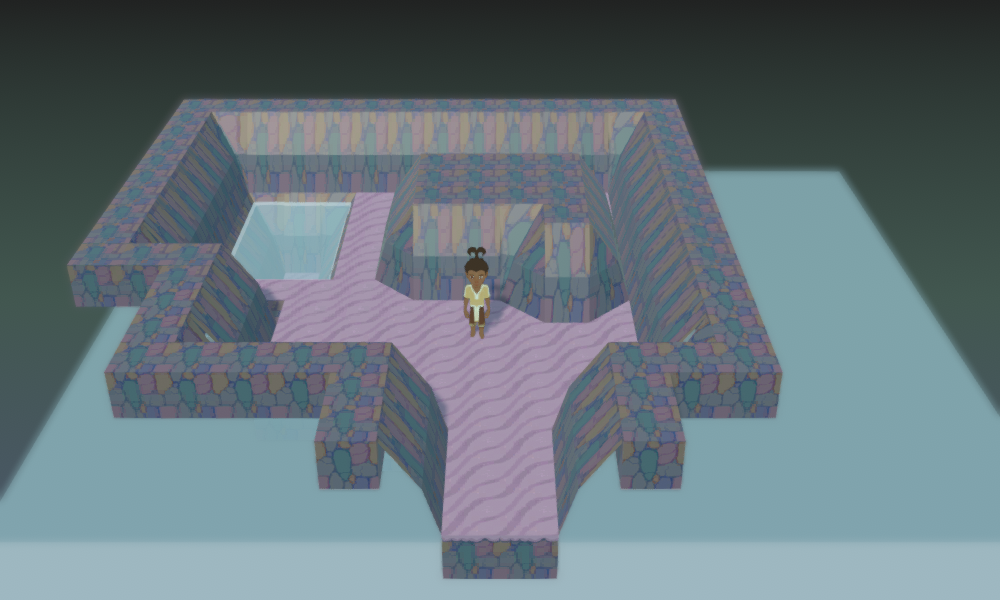
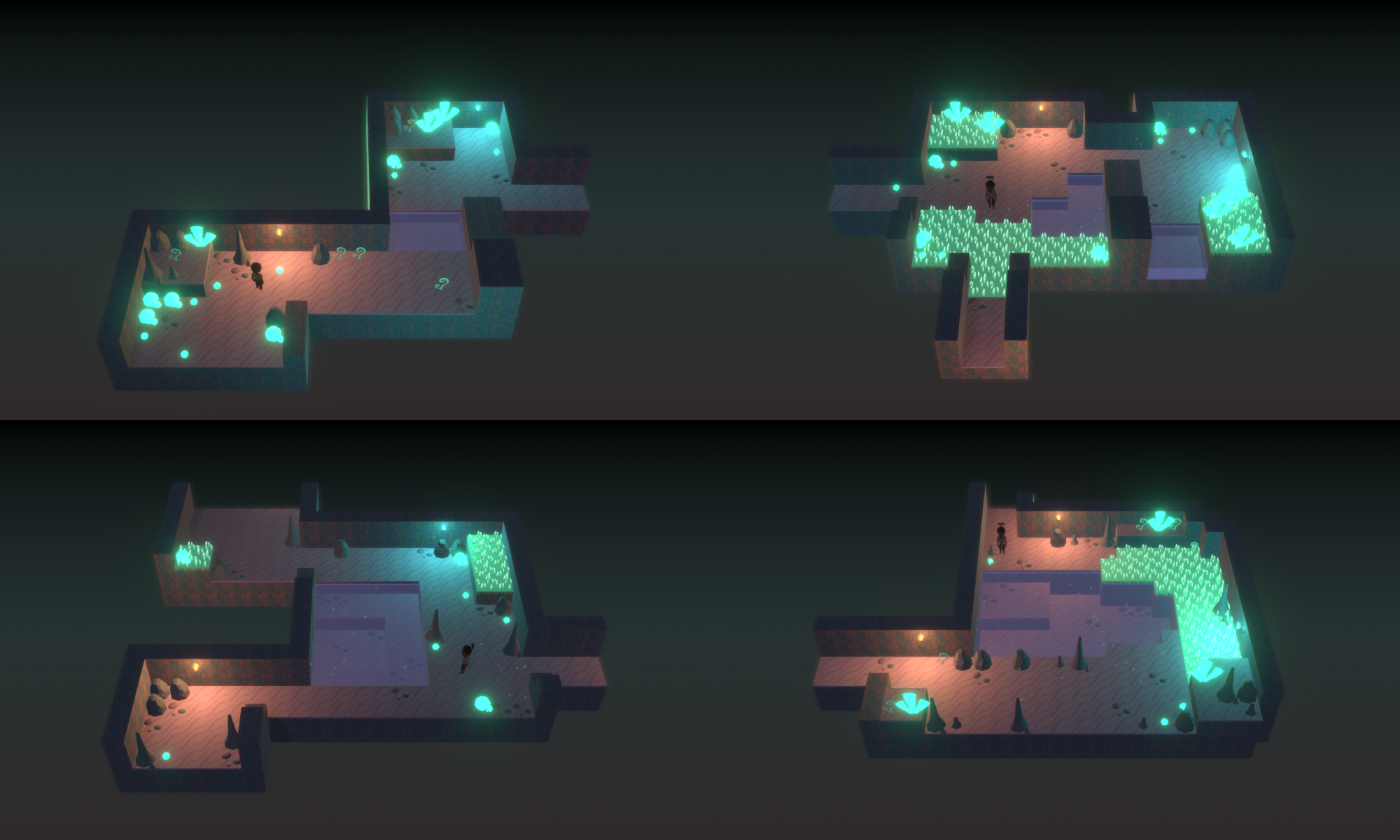
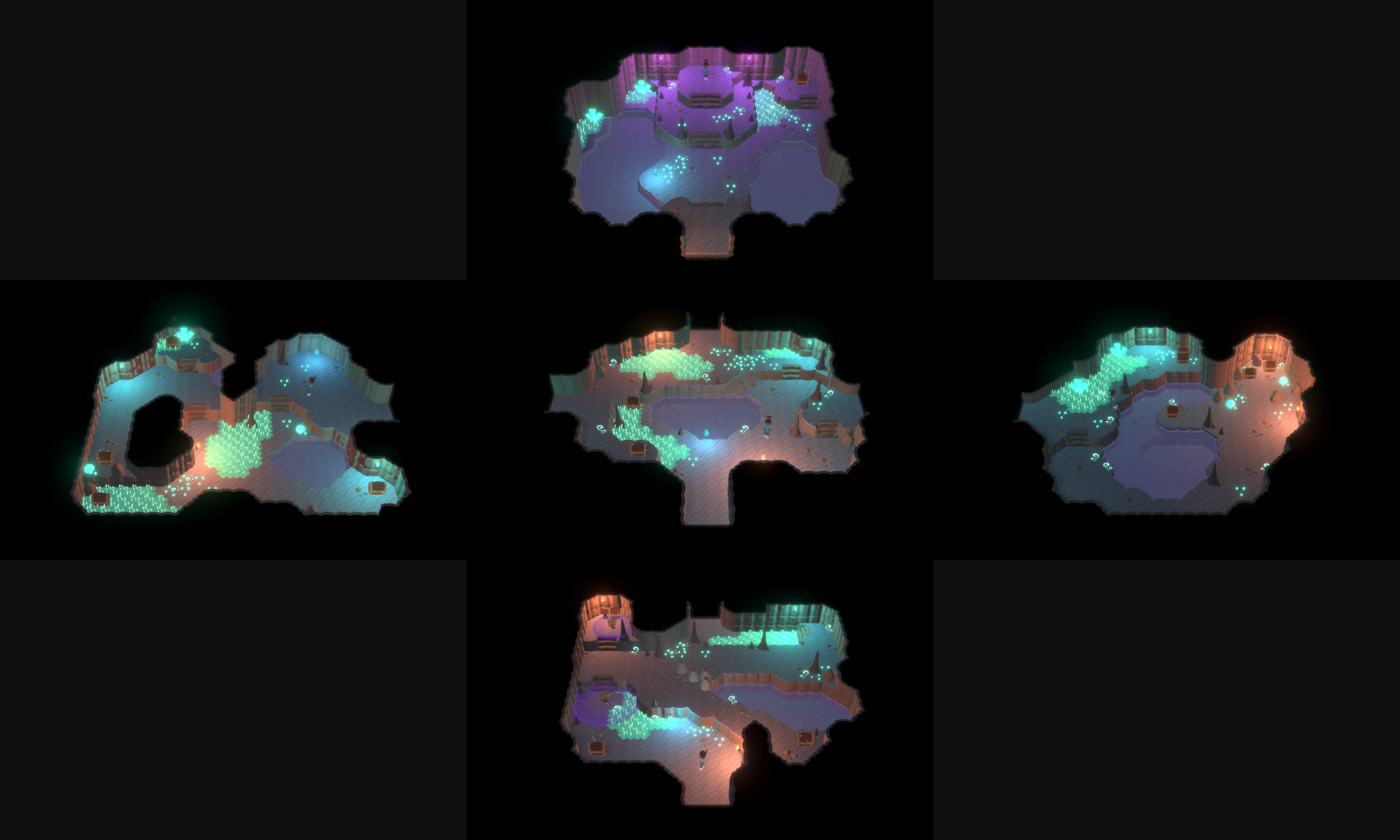

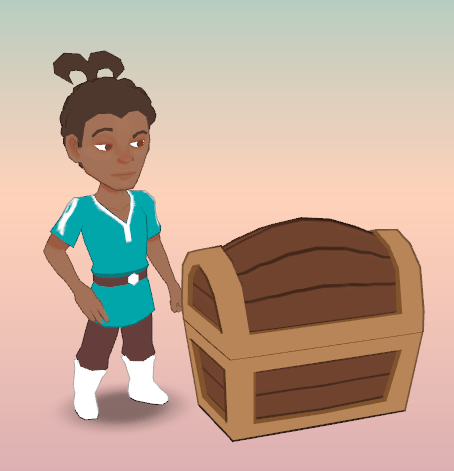
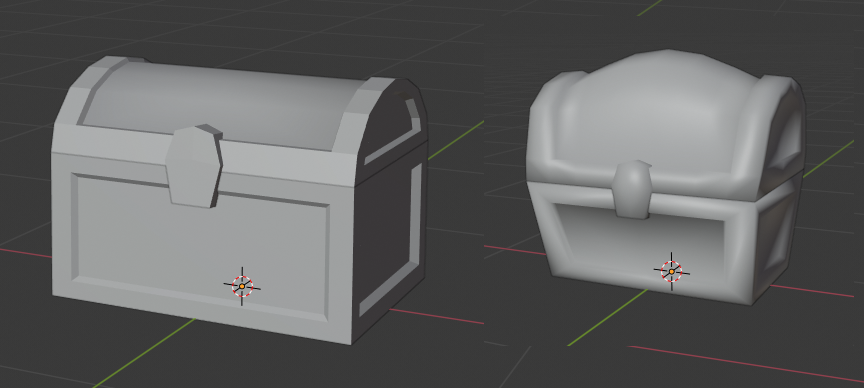

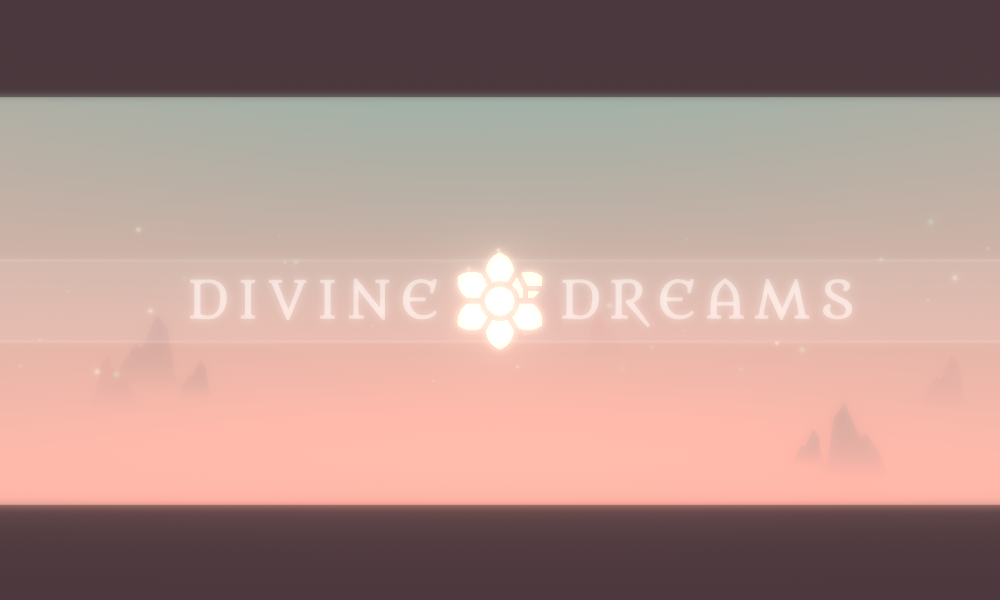

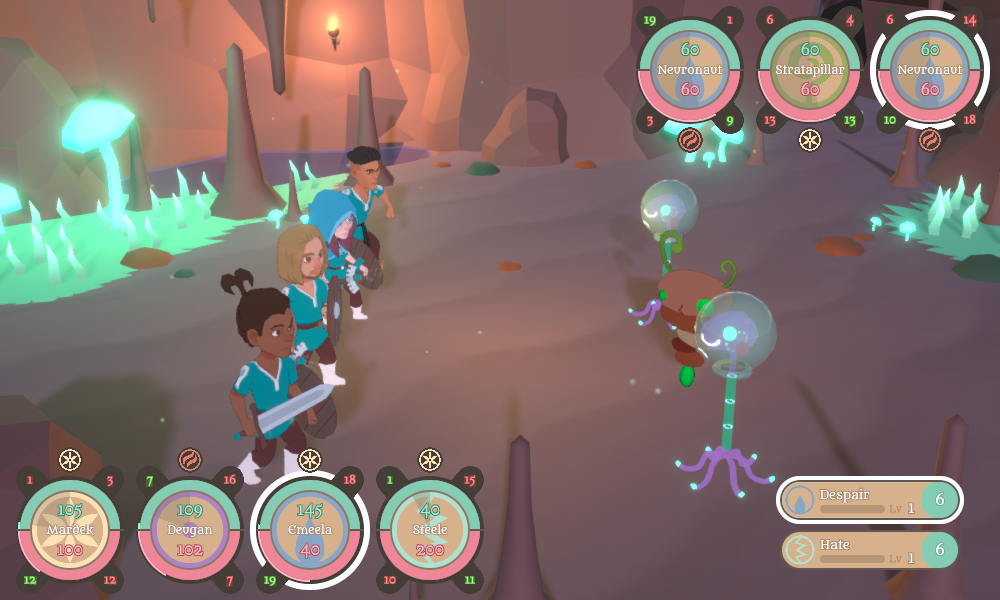
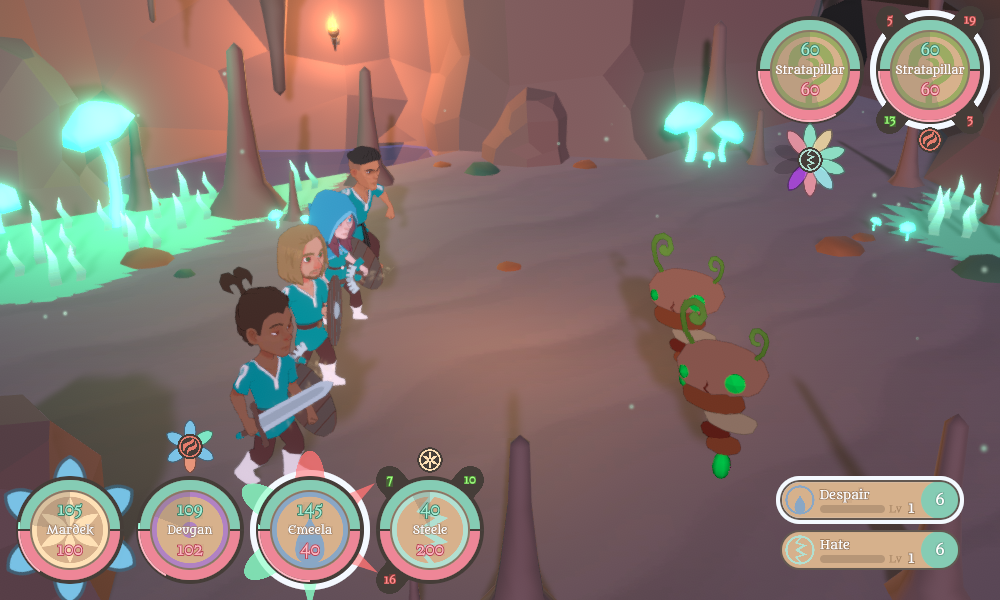
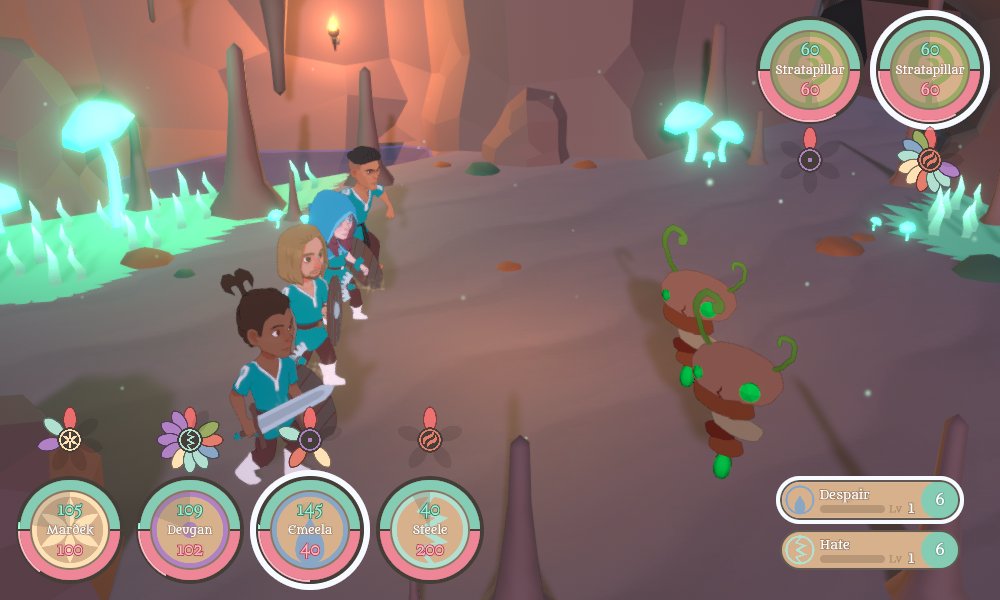
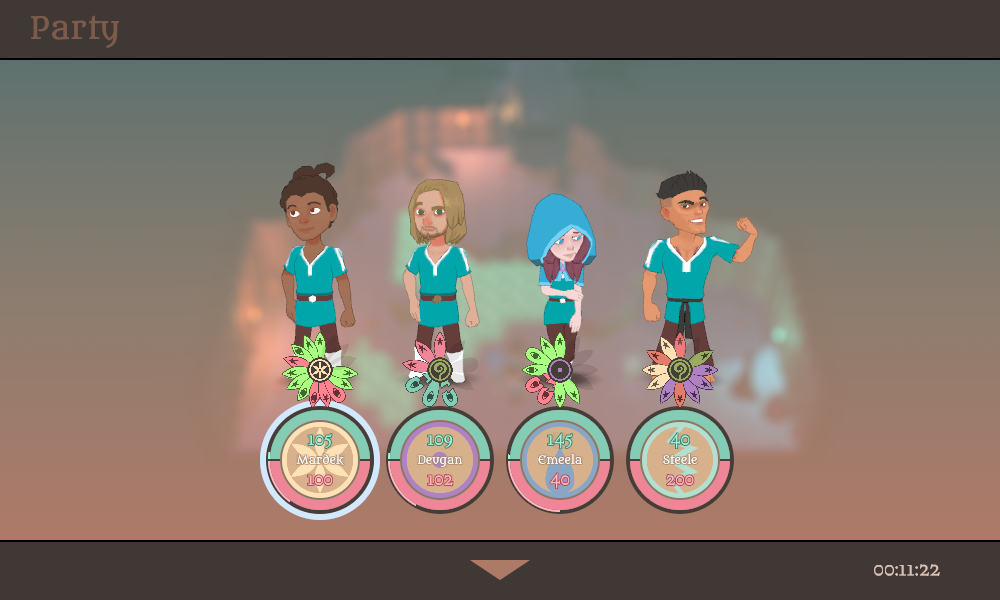
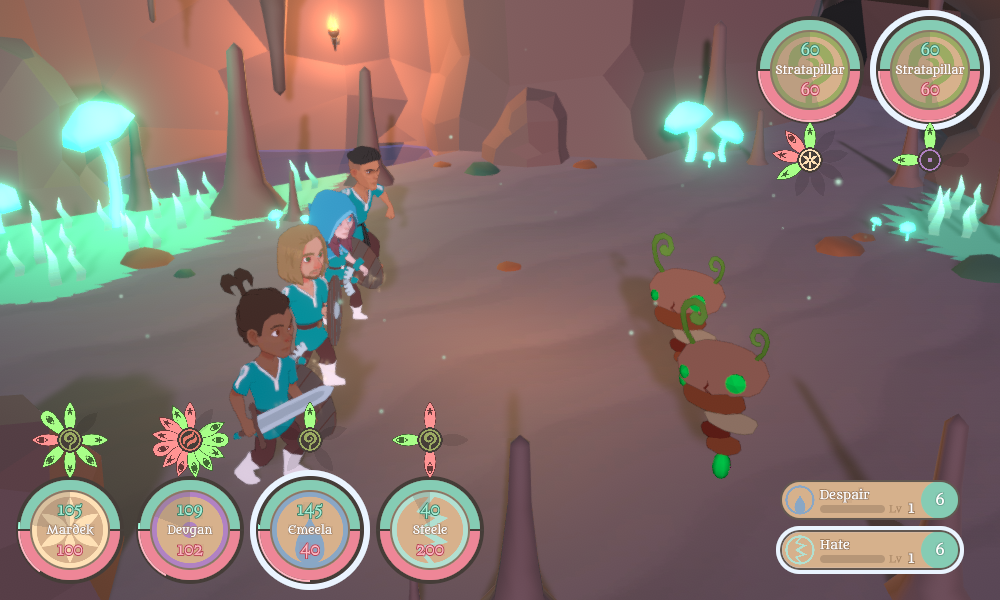
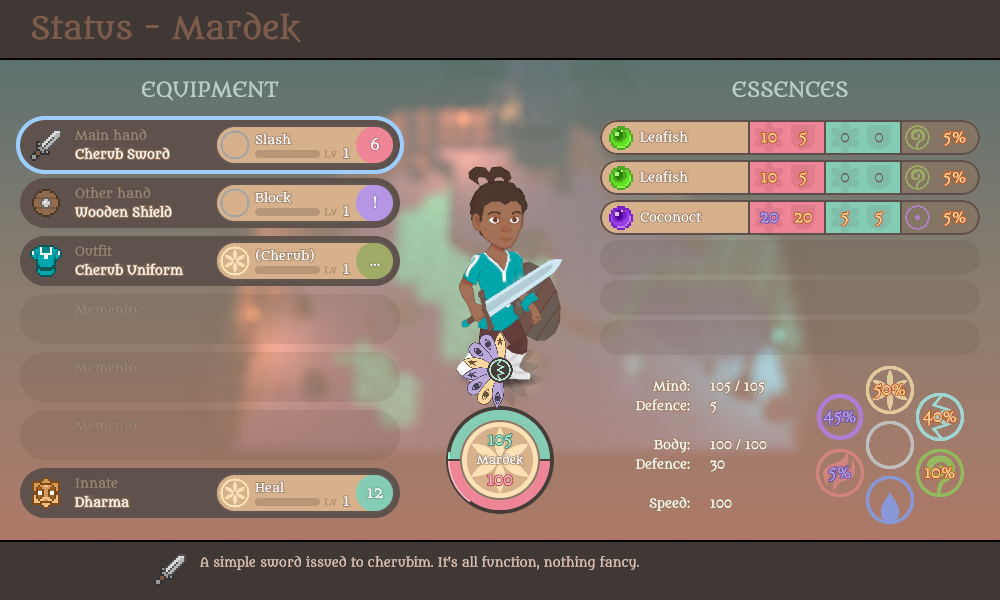
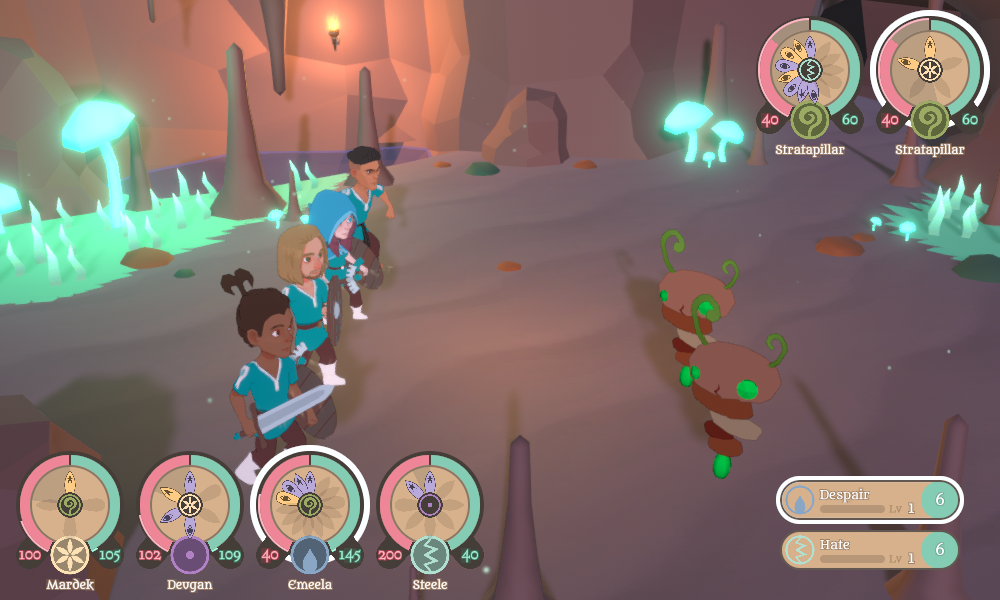

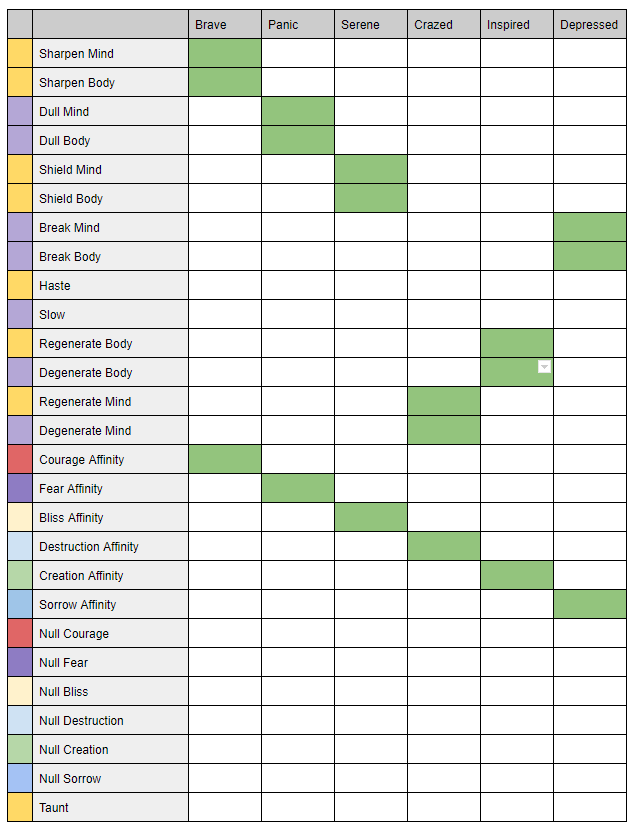
20